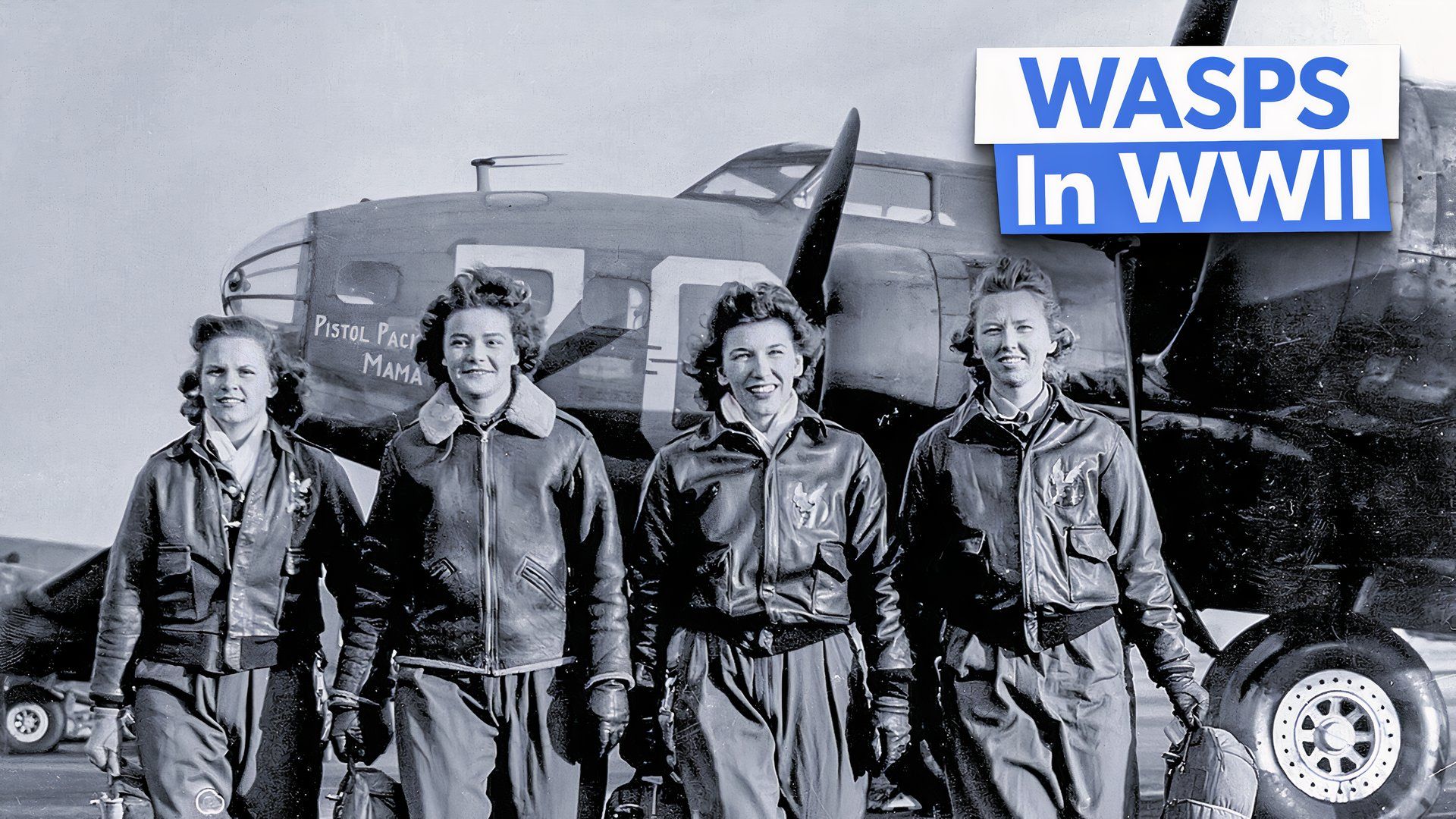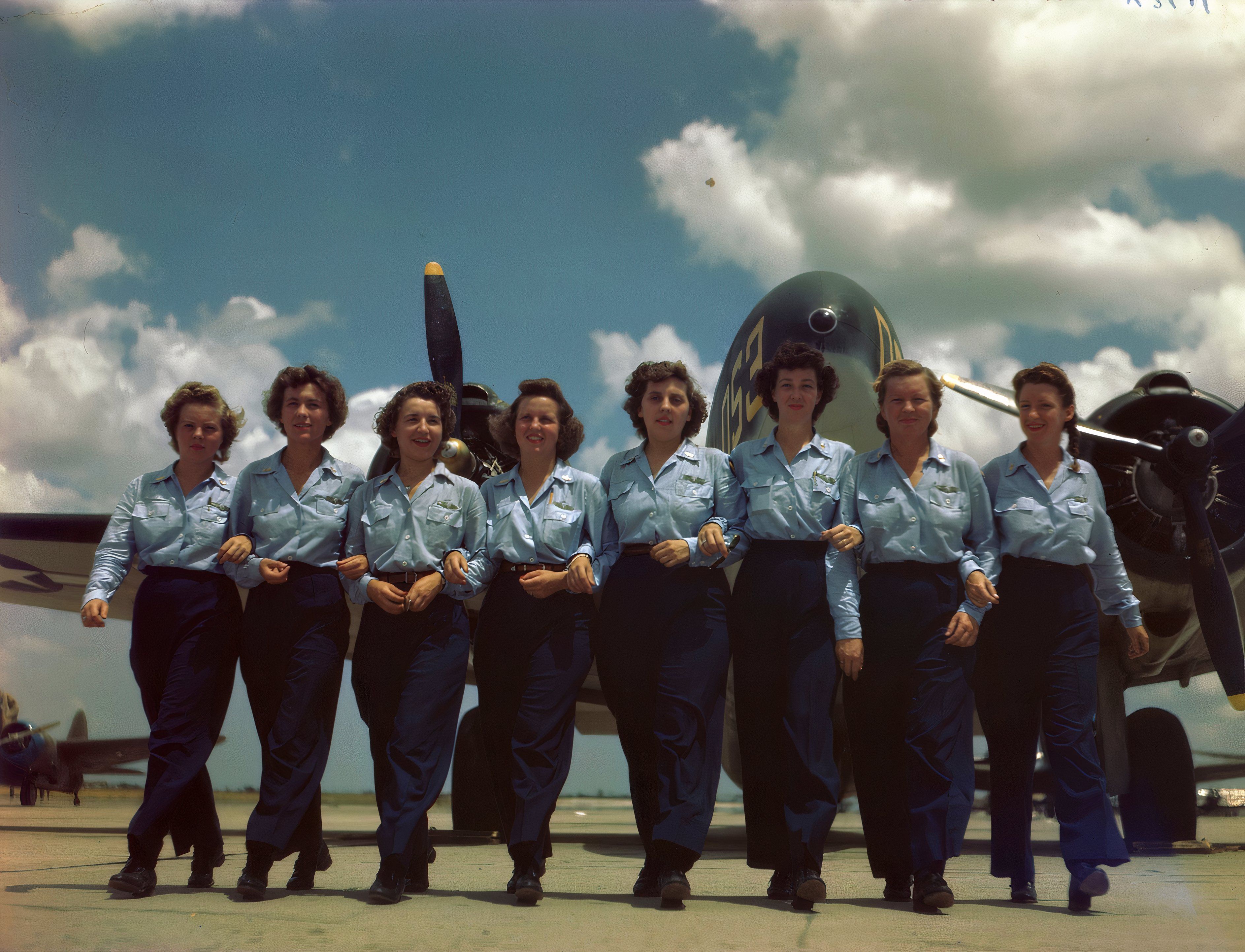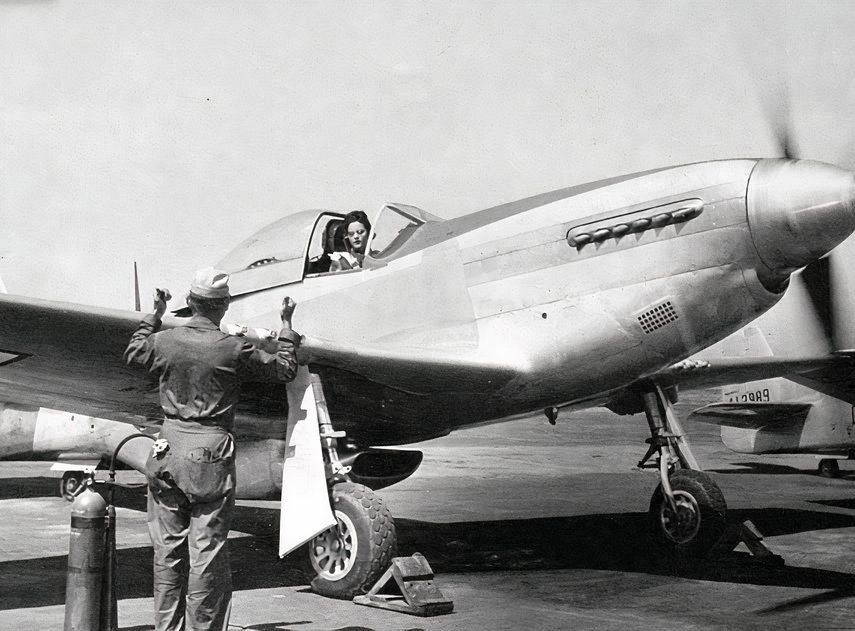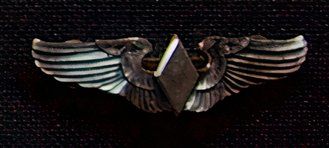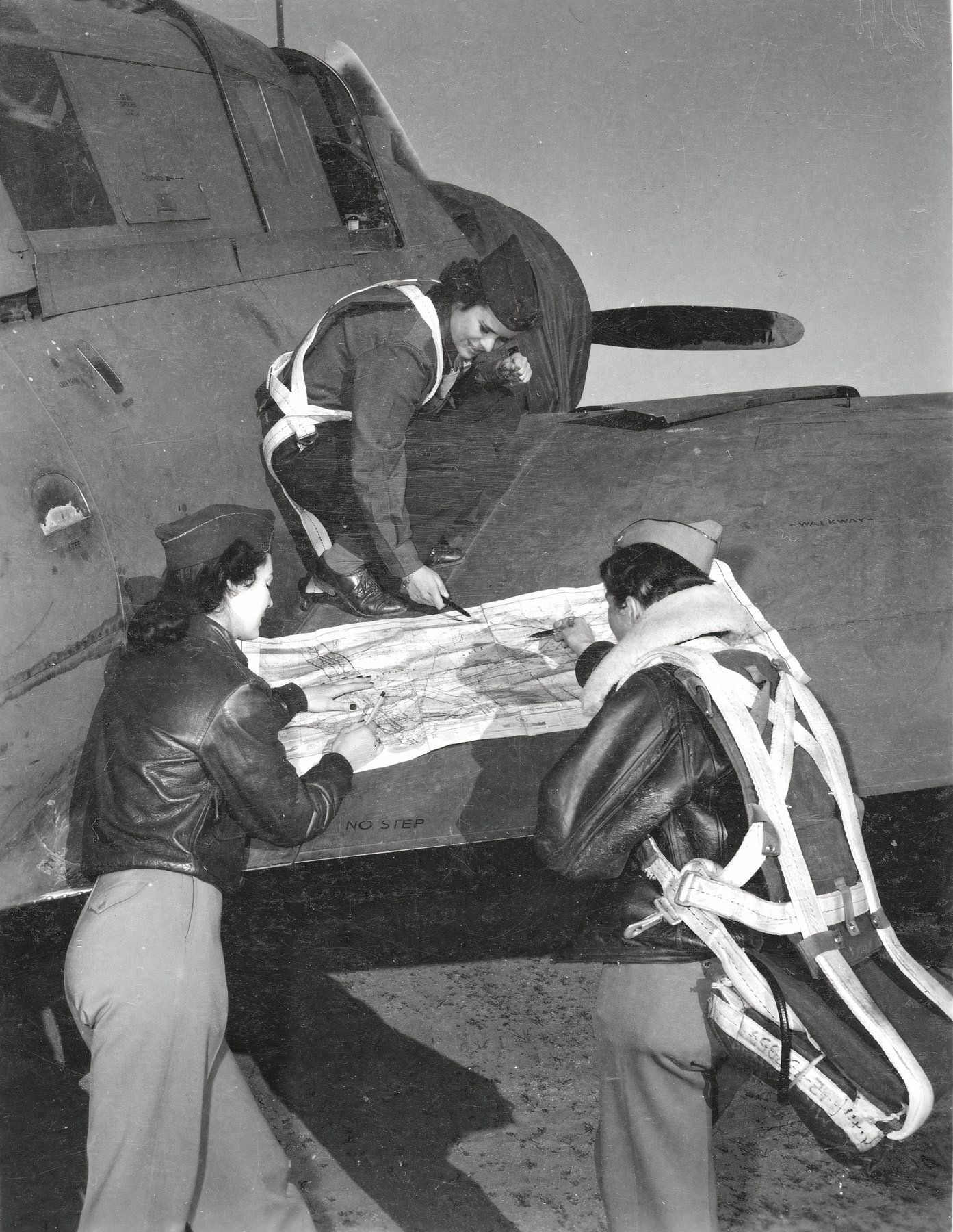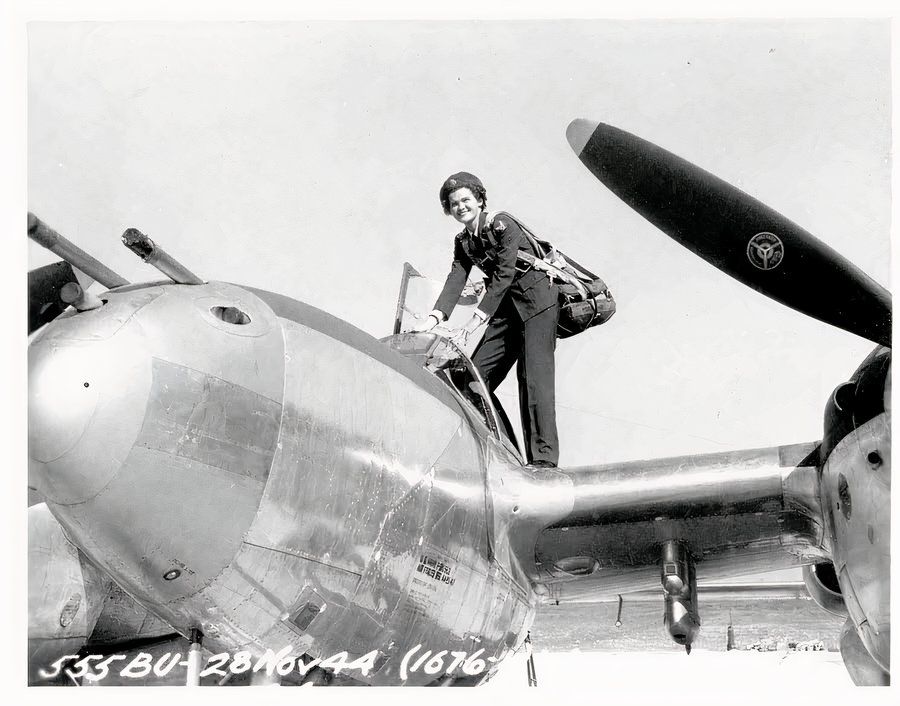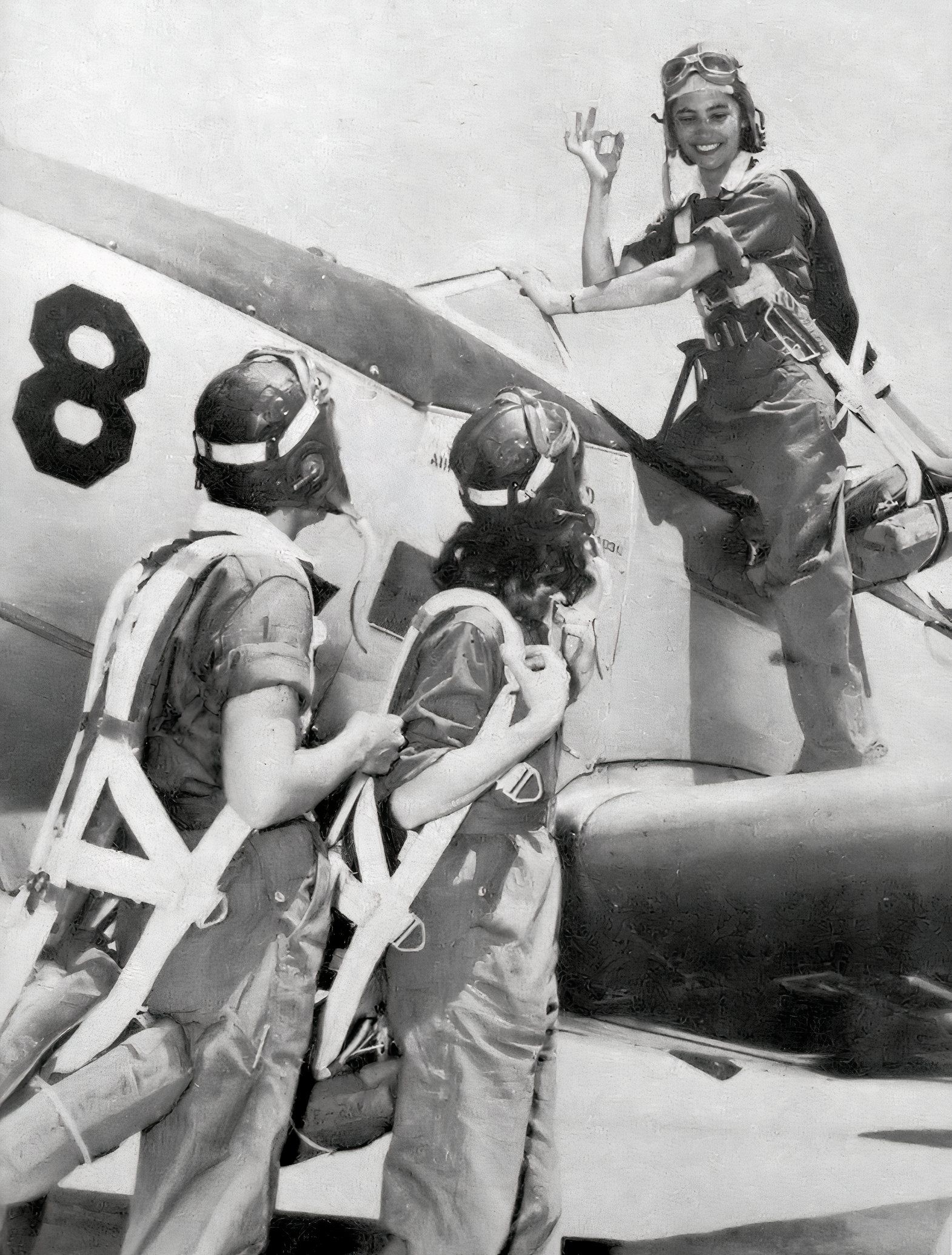While World War II raged on in Europe and the Pacific, trained pilots were needed to take the newly built aircraft, primarily fighters, from the factories to staging areas prior to shipment to their respective theaters of war. With nearly all male pilots serving abroad, the U.S. military and defense industry would rely on the women of WASP to do this critical job.
The Greatest Generation does their part
At the onset of
World War II
, America’s men and women all did their part to ensure victory overseas. Generally speaking, the men flocked to the recruiting offices, joined the workforce to produce the much-needed war material, or remained on the farms.
In 1942, the author’s grandfather and great-uncle flipped a coin to see who would leave rural northern Wisconsin and join the military. My grandfather, Alex Martin, lost, joined the US Navy, and served as a Carpenter’s Mate and later as an Underwater Demolition Team member in the Pacific Theater; my great-uncle Floyd remained home and took care of the farm.
Photo: National Archives
Although combat billets and combat units were not available to America’s women, they served just as ardently and provided highly valuable service to the United States war effort. One such elite area of service was as a civilian pilot in the WASP organization.
The dire need for female pilots
The WASP, or Women’s Airforce Service Pilots, was the follow-on organization to two earlier and similar outfits: the Women’s Flying Training Detachment (WFTD) and the Women’s Auxiliary Ferrying Squadron (WAFS).
These organizations were pioneering outfits composed of female civilian aviators who were attached to the
U.S. Army Air Corps
. Their mission was to fly military aircraft within the United States for varying purposes.
WASP was officially formed in August 1943. At this point, the War was grinding on, losses were mounting (this, of course, included pilots killed in action), and the Army and Navy needed all available, qualified male pilots overseas. With the factories churning out military aircraft by the thousands, pilots were needed to move those aircraft to training schools and staging areas for later transport to the docks for shipment overseas.
The women of WASP performed this vital task.
The arduous path to earning the silver WASP wings
According to former WASP member Dora Dougherty Strother, Ph. D:
“To be a member of the WAFS, a woman had to be a U.S. citizen with at least a high school education, had to be between twenty-one and thirty-five years of age and at least sixty inches tall, had to have a commercial pilot’s license with a 200-horsepower rating and over five hundred hours of flight time, and had to pass a flight physical and a flight test administered by the Army.”
The late Dora Dougherty Strother was among the few WASP members to be certified for and fly the B-29 Super Fortress.
By the time the program concluded, the women were receiving seven months of training, with a total of 210 flight hours.
As stated by the National Museum of the United States Air Force, the requisite training to become a WAFS pilot was intense (this training was presumably carried on into WASP). The program was located in Houston, Texas (later moved to Sweetwater, Texas); it was 23 weeks in duration and included 115 hours of flight training. By the time the program concluded, the women were receiving seven months of training, totaling 210 flight hours.
During the program’s lifespan, 18 classes completed the training, eight in 1943 and ten in 1944.
…of the more than 25,000 women who applied for entry into WASP flight school, 1,830 were accepted…
As most of the graduates would go on to ferrying aircraft to their pre-deployment staging areas, their training was focused on cross-country flying, with gunnery and formation flying omitted, as they would not be deployed for combat service.
With such an intense training program, the washout rate was incredibly high. Of the more than 25,000 women who applied for entry into WASP flight school, 1,830 were accepted, and 1,074 graduated.
WASP pilots and their valuable service
Most WASP pilots would be assigned to “ferrying” or flying the pursuit (fighter) aircraft from the factories to their respective pre-deployment staging areas after graduation. According to Sarah Byrn Rickman of the Air Force History and Museums Program:
“The women ferry pilots’ primary responsibility became the movement of P-47 and P-51 pursuits to embarkation points at Newark, New Jersey, and Long Beach, California. They also moved P-39s and P-63s, destined for the Russians, to Great Falls, Montana.”
While ferrying was the primary duty of the WASP pilots, this was not the only task assigned to the highly trained pilots. As stated by Strother, additional duties performed by WASP pilots included:
“…towing targets for antiaircraft and air-to-air gunnery practice, test flight (including tests of the first American jet pursuit plane, the YP-59A), engineering test flying, flying of antiaircraft drones by remote radio control, flight instruction, smoke laying, administrative flight, and cargo and personnel transport.”
The amazing and crucial role of the WASP pilots
By the time the Second World War concluded, the women of WASP had not only served admirably, but they had also created a name for themselves and proved their great value to the U.S. military. Over the course of their service, they flew nearly every type of military aircraft, from light trainers to the B-29 Superfortress.
Additionally, they had cumulatively flown approximately 60 million miles or 2,500 times around the world at the Equator. Tragically, these trailblazing accomplishments came with a price, as 38 WASP pilots lost their lives.
Had they not been allowed to serve, these aircraft would have taken much longer to reach their respective combat theaters. Conversely, more male pilots would have had to remain stateside to perform ferrying operations, reducing the number of pilots available for combat operations.
Fortunately for the US war effort, the WASP pilots stepped up and performed their vital role, doing their part to enable victory in Europe and the Pacific.

